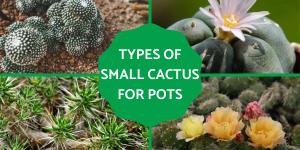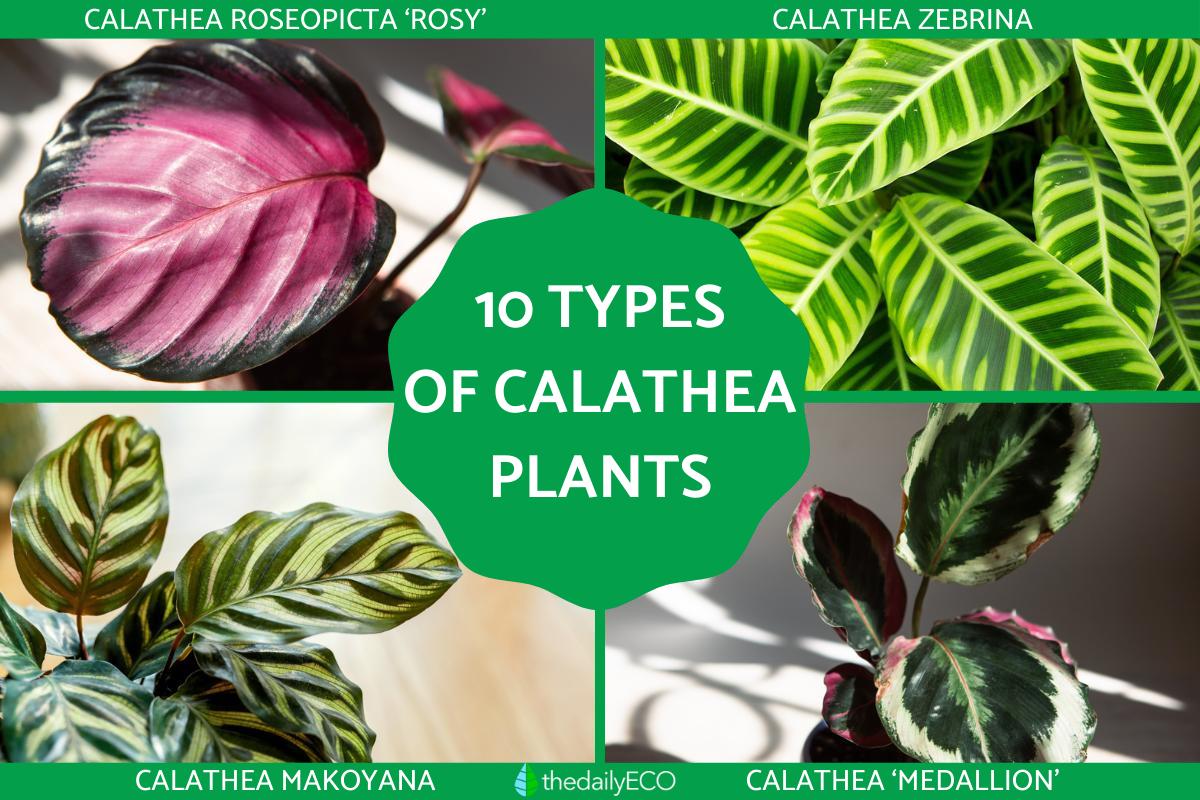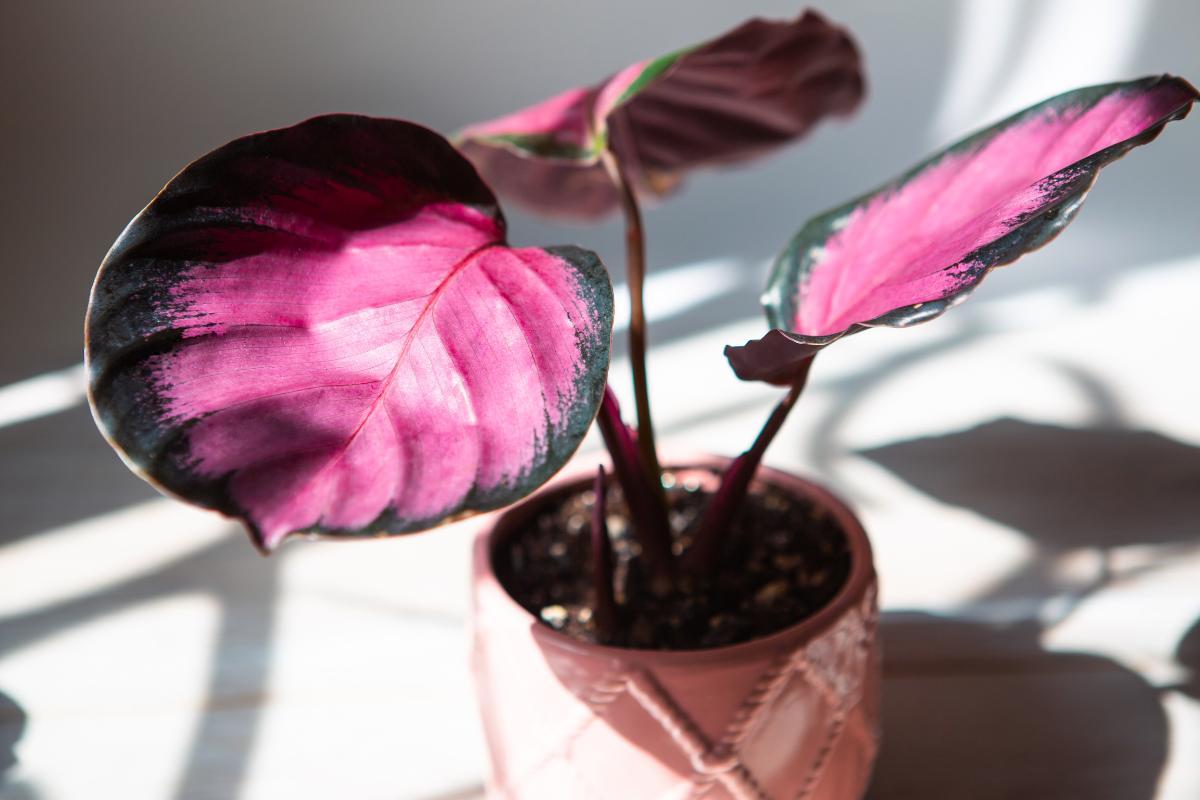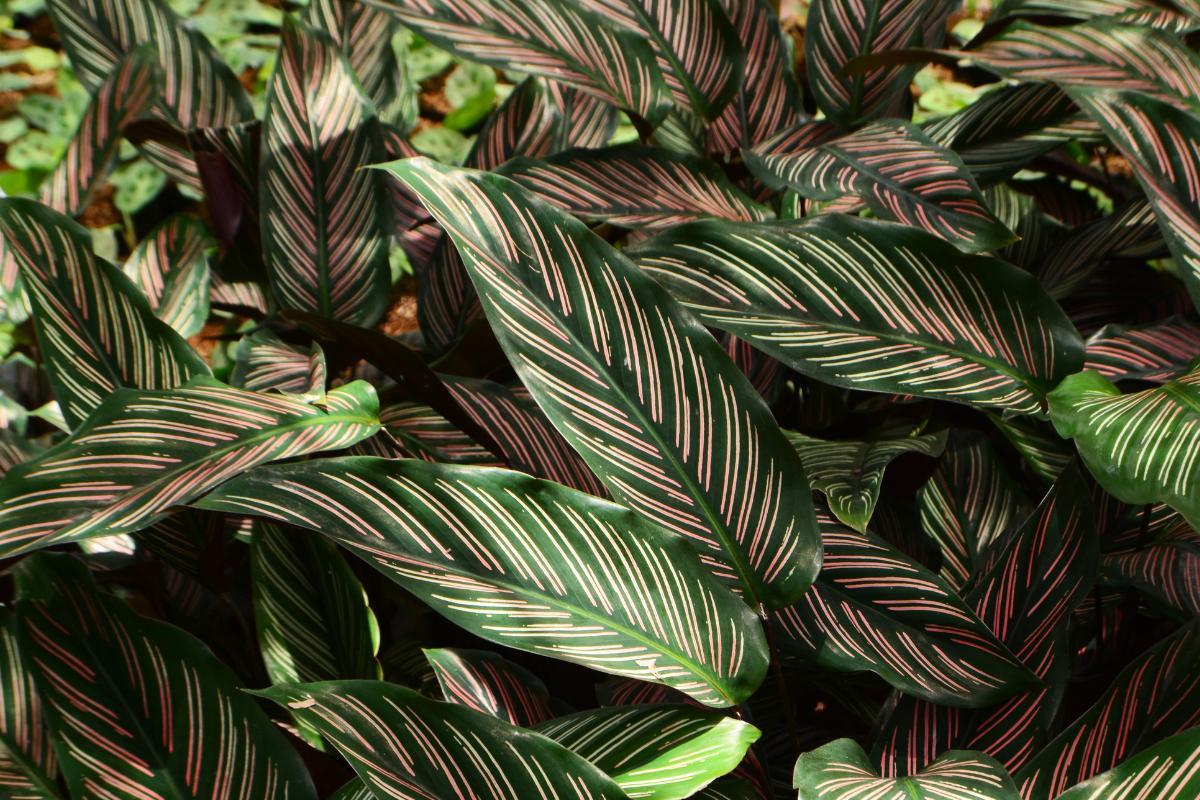Types of Calathea Plants With Pictures


Commonly known as prayer plants, calatheas are plants which can be found in the genus Calathea. While there are around 200 individual calathea species, there are many hybrids of individual species which can be incredibly diverse in terms of appearance. All calathea plants have certain shared characteristics. These include broad leaves, intricate patterns on their leaves and a non-toxicity in companion animals. At thedailyECO, we explore 10 types of calathea plants with pictures so you can choose with calathea variety might be the best for your home, workplace or other space.
- Calathea roseopicta ‘Rosy’
- Calathea zebrina (zebra plant)
- Calathea makoyana (peacock plant)
- Goeppertia veitchiana ‘Medallion’
- Calathea orbifolia
- Calathea crocata (eternal flame plant)
- Calathea ornata (pinstripe calathea)
- Calathea rufibarba (furry feather)
- Calathea lancifolia
- Calathea lutea
Calathea roseopicta ‘Rosy’
We start our list of the different calathea varieties with a cultivar of Calathea roseopicta, the Calathea roseopicta ‘Rosy’. As you can see in the picture below, this plant has beautiful dark violet leaves with dark green borders along the edges. This makes them an irresistible addition for many rooms which want to highlight this rosy color.
This type of calathea plant is an excellent indoor plant as its growth is limited, averaging between 12-24" (30-60 cm) in height. As with all calatheas, it is said to be pet friendly, because it is not toxic to companion animals. It needs a lot of humidity in its environment. This means a saucer of water can be useful, as can spraying the leaves. It requires a lot of light, as long as it is always indirect. It absorbs nutrients quickly so the soil should be enriched.
Discover other plants with colorful leaves in our related guide.

Calathea zebrina (zebra plant)
Commonly known as the zebra plant, Calathea zebrina is so called thanks to its variegated leaves. As the photo below depicts, the zebra plant has stripes on its leaves which resemble the coat of this equine animal. It is an easy-care-for plant, as long as it is not neglected. It requires constant light and plenty of water. For its aesthetic beauty, it has received the Royal Horticultural Society's Garden Merit Award.

Calathea makoyana (peacock plant)
Also known as the peacock plant or cathedral windows, Calathea makoyana is native to Brazil. It is a worthy representative of this country, due to its vibrant deep green and light green colors. These leaves are distributed in such a way that the plant as a whole resembles a peacock, hence its other common name. These patterned, oval leaves make it a wonderful decorative plant which is very resistant.
Discover other types of ornamental plant in our related guide.

Goeppertia veitchiana ‘Medallion’
The Goeppertia veitchiana ‘Medallion’ is another type of cultivar, but it is not exactly a calathea. This is because it was once considered part of the Calathea genus, but botanical research has provided another origin. Despite this, it is often grouped in plants known as ‘calathea’ and is referred to as calathea medallion, despite not actually being a calathea cultivar.
Whatever its origin, it is a beautiful plant with very special leaves. As you can see in the picture below, the top of the leaves have a variegated pattern which mixes different shades of green with a white stripe. Underneath is a completely contrasting, but ever-so-beautiful rich purple coloration. The light must be completely indirect and the soil must be permanently moist, but never waterlogged. It works well in the bathroom as it enjoys humid spaces.

Calathea orbifolia
Among the most popular calatheas is the Calathea orbifolia, often known as a prayer plant. Not only does it provide beautiful decoration, bu it purifies the air. If we know how to take care of it, it can be with us for a very long time. It has beautiful round leaves, with green stripes of different colors, almost reaching silvery white in places. Many people want to have it in their bedroom to purify the environment. It can grow especially well near a window.
Now you know there are plants that can purify the air, you may want to discover which types of plants can absorb heat.

Calathea crocata (eternal flame plant)
As calatheas are often kept indoors, it is common for them not to flower. Despite this, this is a genus of flowering plants. Otherwise known as the saffron-colored calathea or the eternal flame plant, Calathea crocata is one of the plants that offer us a beautiful reward for our careful dedication in the form of a beautiful inflorescence. The dark green leaves are soft and velvety, contrasting with the fiery orange of their flowers.
This calathea is one of the only ones that commonly provide flowers when kept as a houseplant. It should be watered every two or three days and be kept in an environment between 15 and 18ºC, never reaching less than 7ºC. It does not tolerate cold or dry environments. If the roots begin to grow a lot, it will have to be moved to a larger pot (every two years on average). This transplant is not necessary if the roots do not grow as much.
Discover our list of the top 10 plants with big flowers.

Calathea ornata (pinstripe calathea)
The Calathea ornata has a dark green pattern, with a wine-colored front side and very clear stripes. As seen in the picture, these strips are very thing, leading to its common name of striped calathea or pinstripe calathea. It does not require constant watering, so you should wait until the soil is dry to water it. The striped calathea plant is perennial. When there is a lot of light it should be watered a little more than when there is little light.
If you want a plant which can be used on a trellis, check out our guide to the best perennial flowering vines.

Calathea rufibarba (furry feather)
The leaves of Calathea rufibarba are thin and have purple undersides. The texture of this underside is soft and velvety to the touch, providing the common names of the velvet calathea or the furry feather. It is a small plant that can grow up to 24" (60 cm) tall. You will be surprised to know that it does better when watered with water that has been left to stand the night before in an open container. You should give it worm castings once a month.
Use our guide to make your own worms castings at home if you want to save money.

Calathea lancifolia
Another plant which has some taxonomic discrepancy, the Calathea lancifolia is actually the Goeppertia insignis. This is due to another change in botanical groupings. As you can see from the photo, it is very similar to calatheas, but its leaves are a little thinner than most. Its tapered leaves give it the nickname of the rattlesnake plant, since they resemble the shape of this reptiles terrifying rattle.

Calathea lutea
We finish our list of types of calathea the Calathea lutea, commonly known as the cigar calathea or bijao. It is a Mexican calathea whose leaves are used to wrap food for steaming or keeping warm. It is also a beautiful ornamental plant. The reason calatheas are often known as ‘prayer plants’ is because their leaves open and close at different times of the day, as if they were hands being kept together for prayer.
Discover more types of calathea in our article providing the best plants that absorb moisture.

If you want to read similar articles to Types of Calathea Plants With Pictures, we recommend you visit our Indoor plants category.
- Houseplant Care. (1998). Argentina: Imaginador.
- Bailey, F. (2020). The Healing Power of Houseplants: Take Care of Your Plants and They'll Take Care of You. Spain: RBA Libros.















